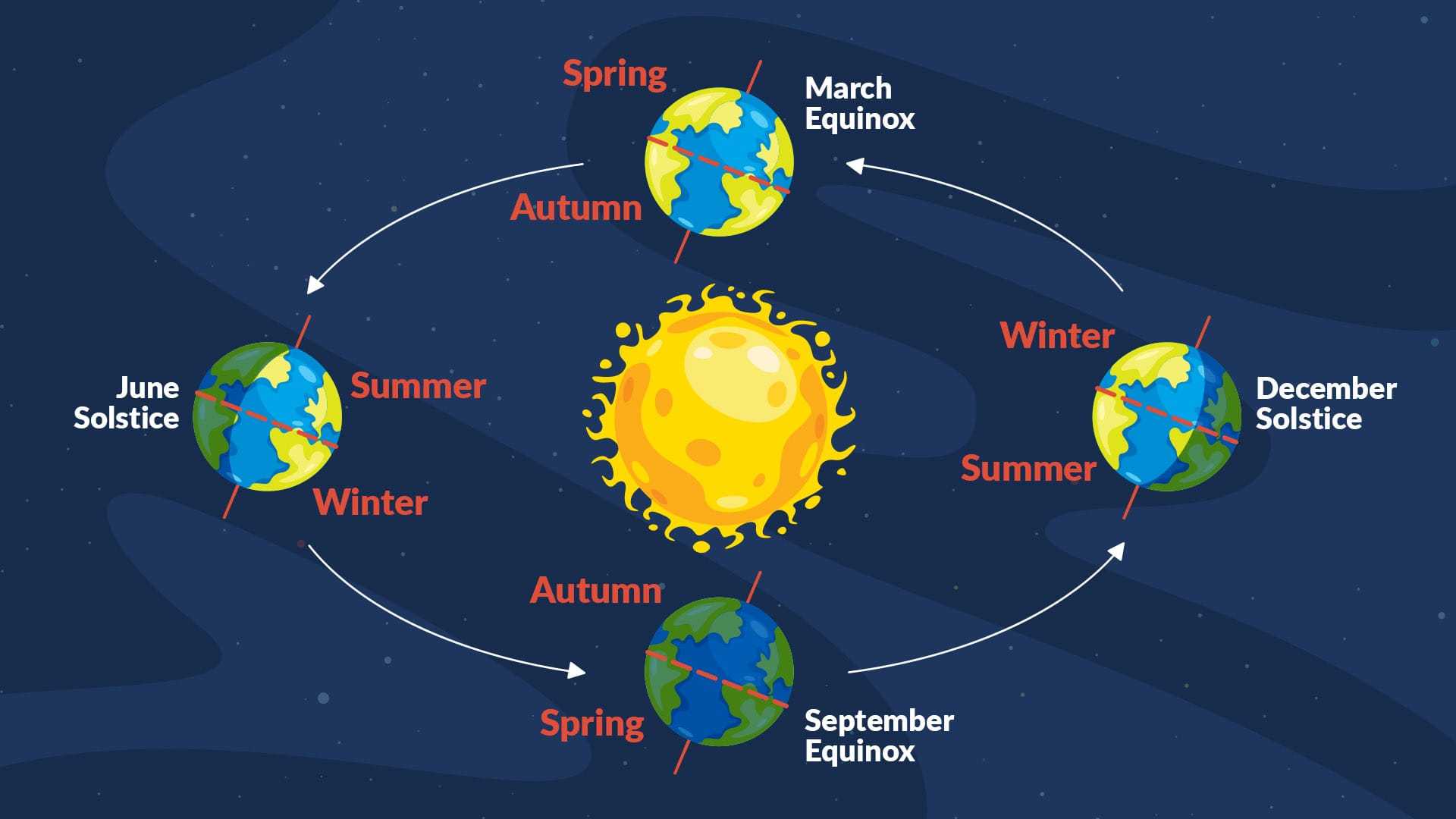News
Understanding the Autumnal Equinox: The Science Behind Fall’s First Day

The first day of fall in 2024 is set to occur on Sunday, September 22, at 8:44 a.m. Eastern Daylight Time (5:44 a.m. Pacific Daylight Time), marking the beginning of autumn in the Northern Hemisphere and spring in the Southern Hemisphere. This moment is defined astronomically as the Autumnal Equinox, when the Sun is positioned directly above the equatorial Atlantic Ocean, approximately 461 miles south-southwest of Monrovia, Liberia.
Often misunderstood, the term “equinox” comes from the Latin words “aequus” (equal) and “nox” (night), suggesting a time when day and night are of equal length. However, this is not entirely accurate due to factors such as atmospheric refraction, which causes the Sun’s disk to appear above the horizon even when it is physically below it.
Atmospheric refraction elevates the Sun by more than its apparent diameter during sunrise and sunset, creating an optical illusion where the Sun seems to hover on the horizon. This effect, along with the definition of sunrise and sunset as the appearance or disappearance of the Sun’s upper limb, results in slightly longer daylight hours than night.
For instance, in Indianapolis, daylight on the day of the equinox lasts for about 12 hours and 8 minutes, from 7:32 a.m. to 7:40 p.m. Complete equality of daylight and night—often assumed on the equinox—actually occurs on September 25, when sunrise and sunset equate to exactly 12 hours apart.
Contrary to common belief, the Arctic region does not experience a strict six months of daylight and darkness. Instead, twilight persists whenever the Sun is less than 18 degrees below the horizon. This results in prolonged periods of civil twilight, which extends until October 8 at the North Pole.
The process advances with nautical twilight, which ends when the Sun descends to 12 degrees below the horizon, marking the end of this phase on October 24. Only when the Sun reaches 18 degrees below the horizon does astronomical twilight end, happening on November 13, transitioning the North Pole into complete darkness. This darkness lasts approximately 11 weeks until January 28 when twilight begins anew.
Joe Rao, a seasoned meteorologist and skywatching columnist, details these phenomena. Known for his insightful contributions to publications including Natural History magazine and the Farmers' Almanac, Rao is also an Emmy-nominated meteorologist associated with New York‘s Hayden Planetarium.












